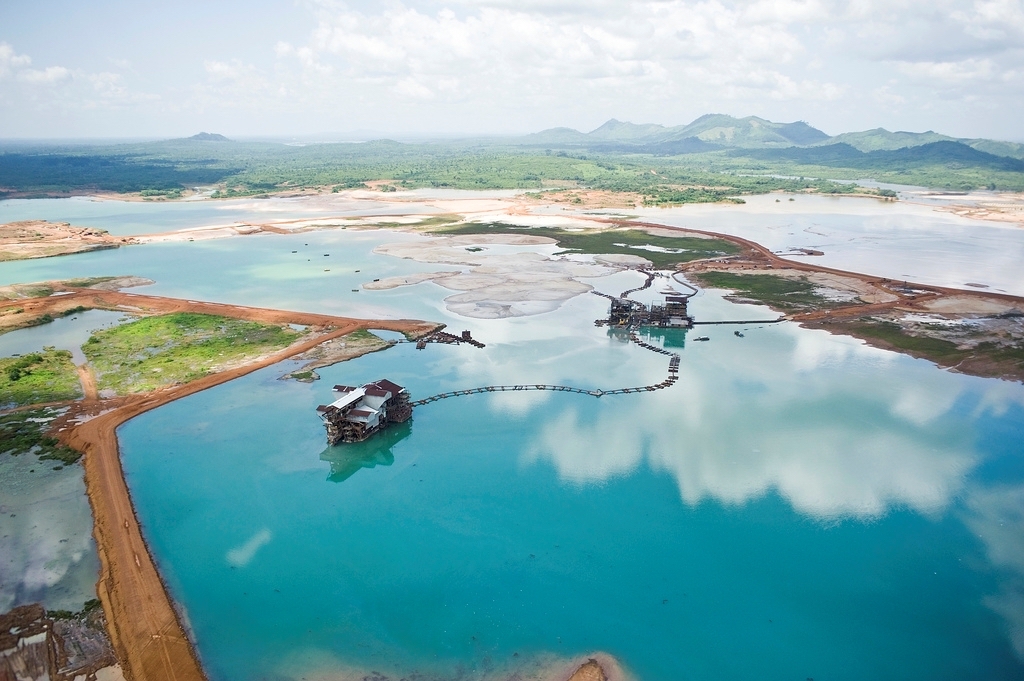Information and Data Sharing
Establishing mechanisms for integrating environmental data and information before a crisis happens

Establishing mechanisms for integrating environmental data and information before a crisis happens
Information management services support humanitarian actors in gathering, analyzing and disseminating key information about a humanitarian situation. The collection, sharing, joint analysis, and practical application of environmental data is crucial for establishing situational awareness and avoiding unintended consequences on human lives and livelihoods.
The engagement of environmental actors in information management networks or working groups improves sharing of relevant environmental data. On the one hand, humanitarian and national emergency response actors should actively seek out environmental actors with relevant data and findings of environmental assessments. On the other hand, environmental actors should actively seek to strengthen emergency response by sharing their findings with national disaster management and humanitarian actors. Such information could include the locations of protected environmental areas, hydrological data and topographical/drainage profiles, which would be relevant for the placement and management of camps.
Common platforms such as the Humanitarian Data Exchange, HumanitarianResponse.info and MapX can be used to share or access environmental-related data and information, although it is critical to also engage at the country level. In-country information management staff, for example OCHA’s IM country focal point, are able to connect environmental actors with other key actors involved in data collection and analysis.
Understanding the current and potential future environmental conditions of a region is essential for an efficient and sustainable response
Risk analysis provides a common understanding and prioritization of risks, and should include existing environmental conditions and threats
Addressing environment as part of preparedness planning lays the foundation for its integration into humanitarian action.
Communicating risks effectively to populations and communities is essential for people to be able to be better prepared and to reduce the damaging impacts of hazards.
Policies supported by institutional frameworks and legal arrangements make up the disaster risk management framework. In order to systematically integrate environmental concerns in humanitarian action, one must consider the institutional arrangements governing disaster preparedness, response, recovery and emergency funding.




